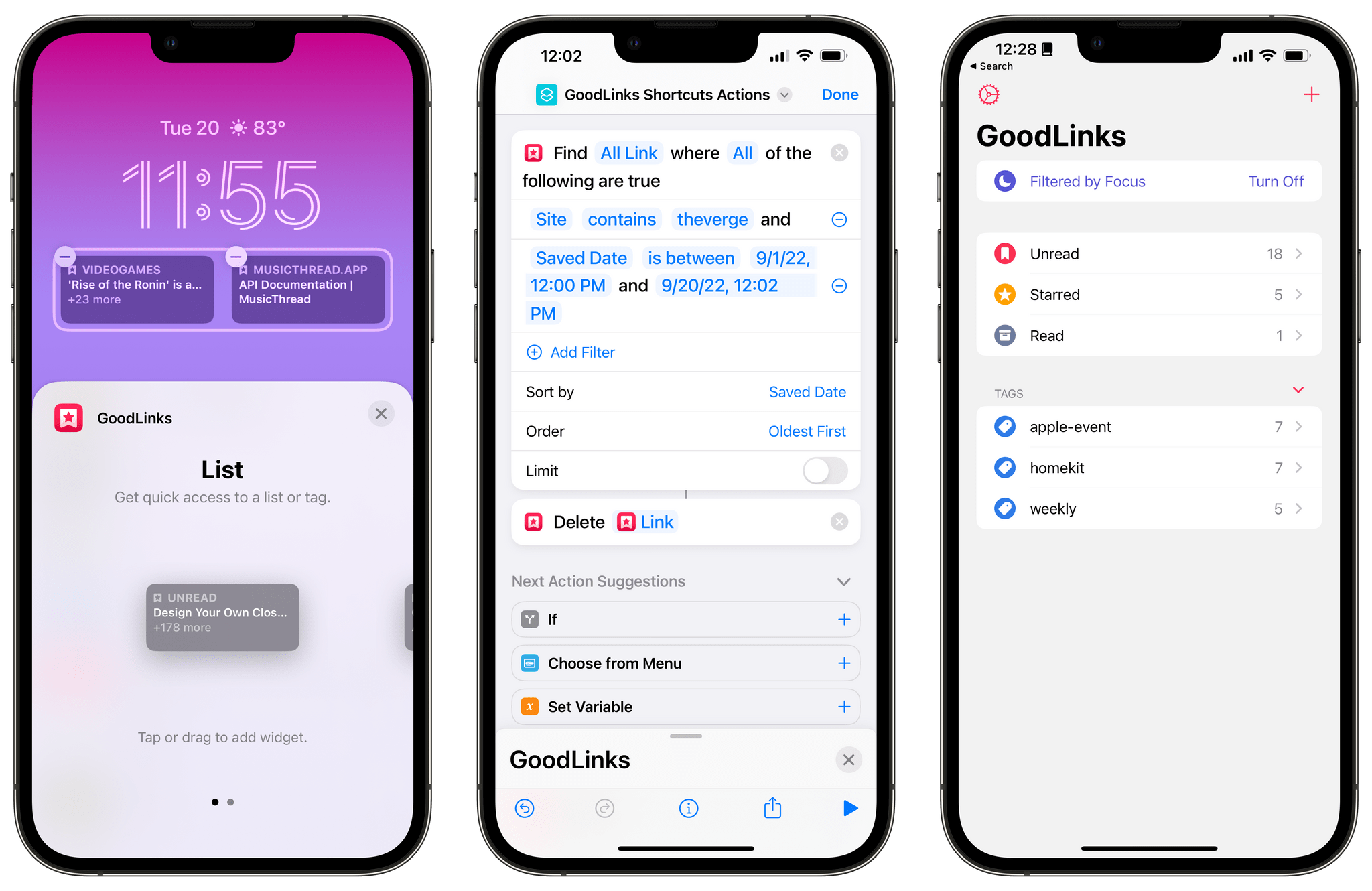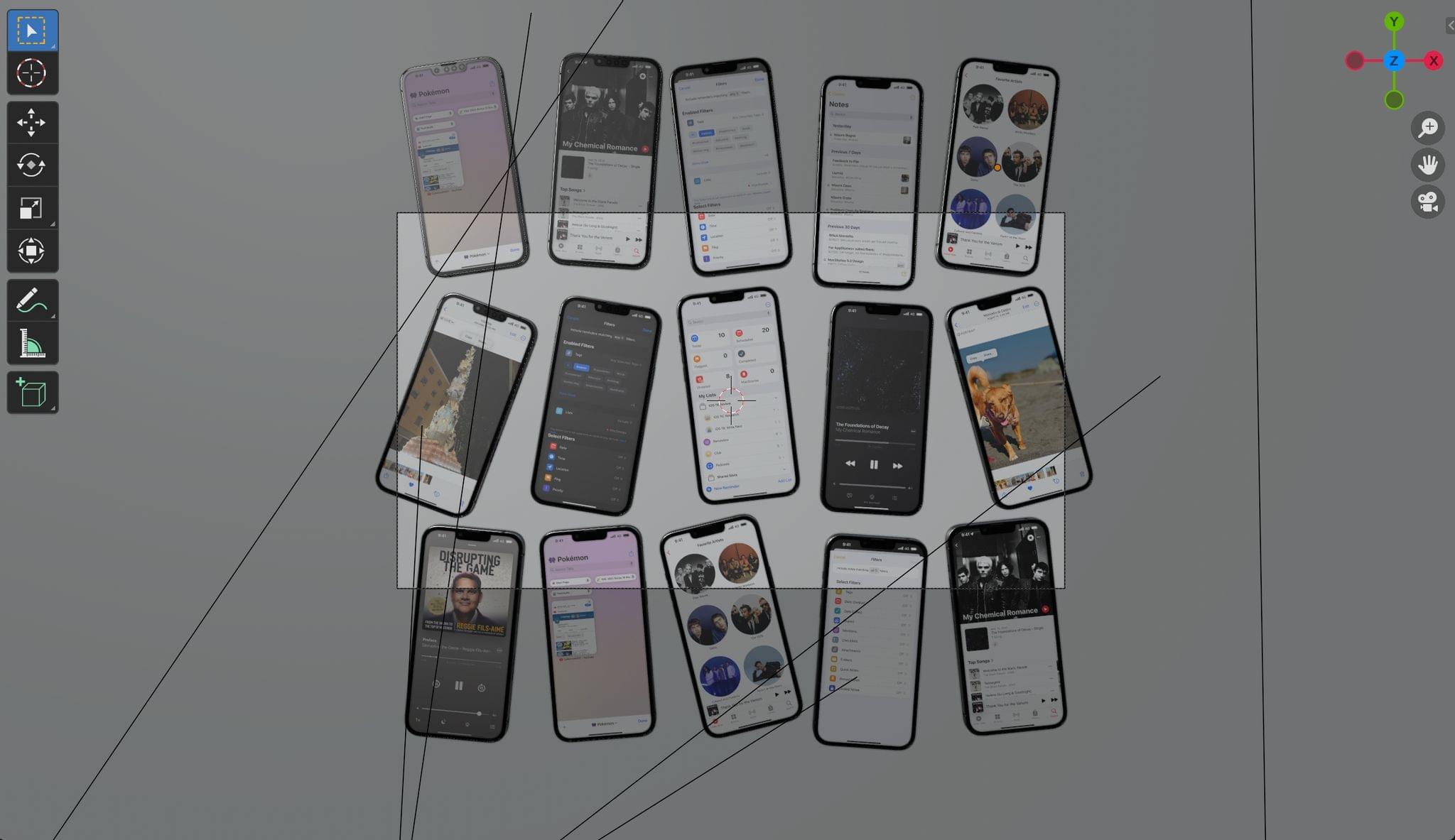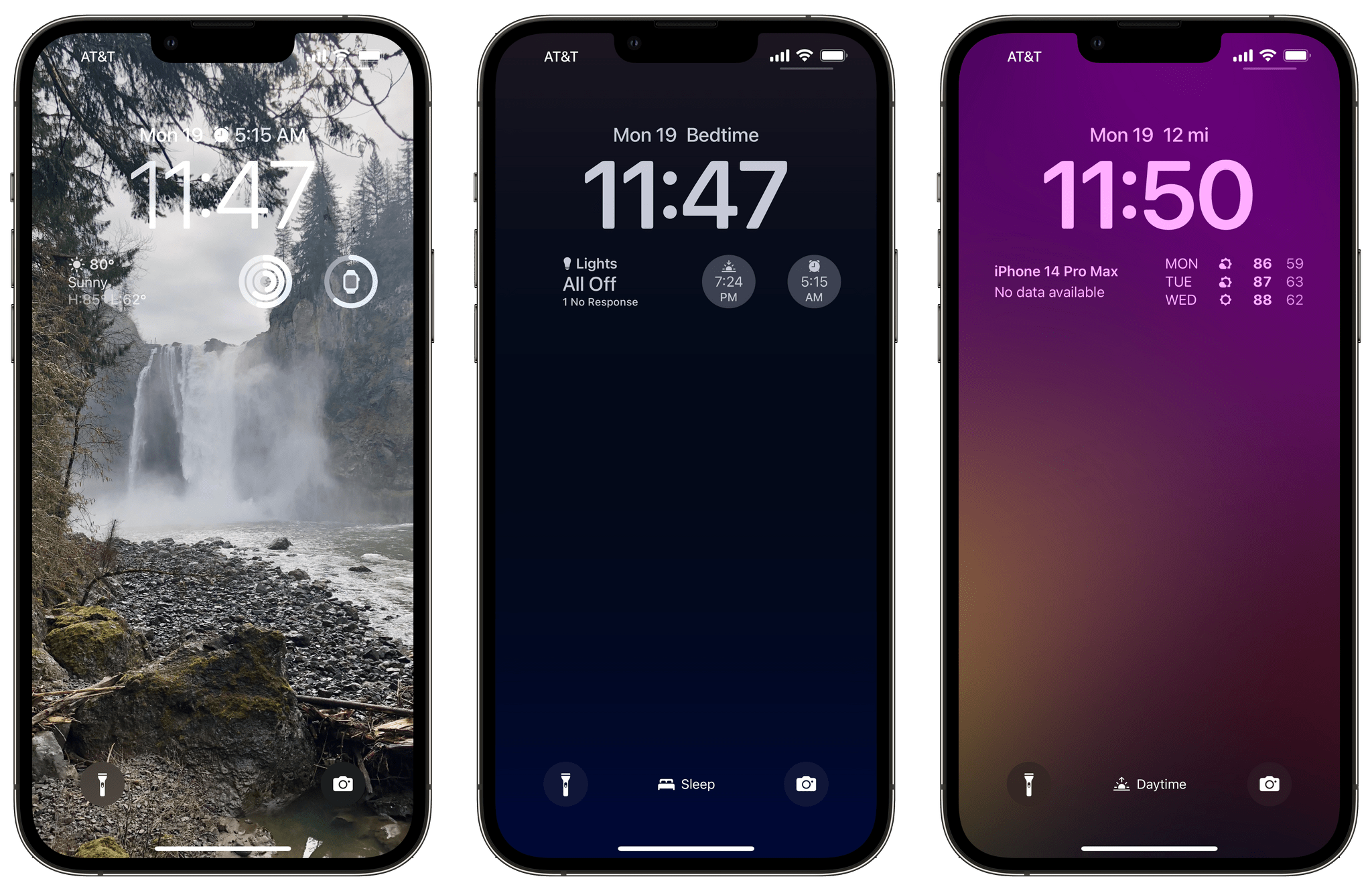The Apple Watch Ultra reviews are out and instead of a roundup of all of them, I’m just going to link to Victoria Song’s review on The Verge, which comprehensively covers the watch’s new features, answers all of the questions I’ve had since the Ultra’s announcement, and explains better than anyone who it’s for and who it’s not:
After a week of testing, I don’t think it’s going to bump Garmin, Polar, or Coros watches for the Ironman, thru-hiker, or deep-sea diving crowds, at least not yet. But it’s legitimately good for weekend warriors and intermediate athletes — and very tempting for folks who aspire to that status and a whole lot of people who just want the biggest, baddest Apple Watch they can get.
The size of the Ultra is an area of intense interest, and while it’s big and chunky, Song explains that in practice, it feels smaller to wear:
I don’t normally love big smartwatches. I have petite wrists, and anything over 45mm is generally too uncomfortable for all-day wear, looks ridiculous on my arm, and leads to activity tracking inaccuracies. But I’ve found that some watches “wear small” — the Polar Grit X Pro, Samsung Galaxy Watch 5 Pro, and Suunto 7 all feel smaller than they look. To my surprise, the 49mm Apple Watch Ultra is one of them.
This is one of those things that’s hard to convey through pictures alone. In photos, the Watch Ultra dwarfs my wrist. In person, it feels smaller than some of the 45mm to 47mm round watches I’ve tested.
Song and The Verge editor-in-chief Nilay Patel both got better than rated battery life too:
The Ultra’s 36-hour battery estimate is also a bit conservative; if you’re not partaking in a triathlon, you’re likely going to get closer to 48 hours. And that’s without low-power mode enabled.
Although there’s room for improvement and Song doesn’t think Apple is going to take the sports watch category by storm just yet, she concludes that:
All in all, the Ultra is one of the best debuts in a new product category that I’ve seen in a while. A lot of thought was put into the Ultra, and it shows. It’s not enough to make Garmin shake in its boots just yet, but it’s more than enough to pique interest and spark competition. Apple’s officially a viable contender in the rugged watch category — and I can’t wait to see what comes next.
The review is full of real-life, hands-on scenarios that make the case for the Apple Watch Ultra as a device that fits the profile of a fitness enthusiast better than the fitness pro but also someone who wants the most Apple Watch available. It’s an interesting mix that will be interesting to watch develop as the Ultra is delivered to customers and evolves in the future.








](https://cdn.macstories.net/banneras-1629219199428.png)




